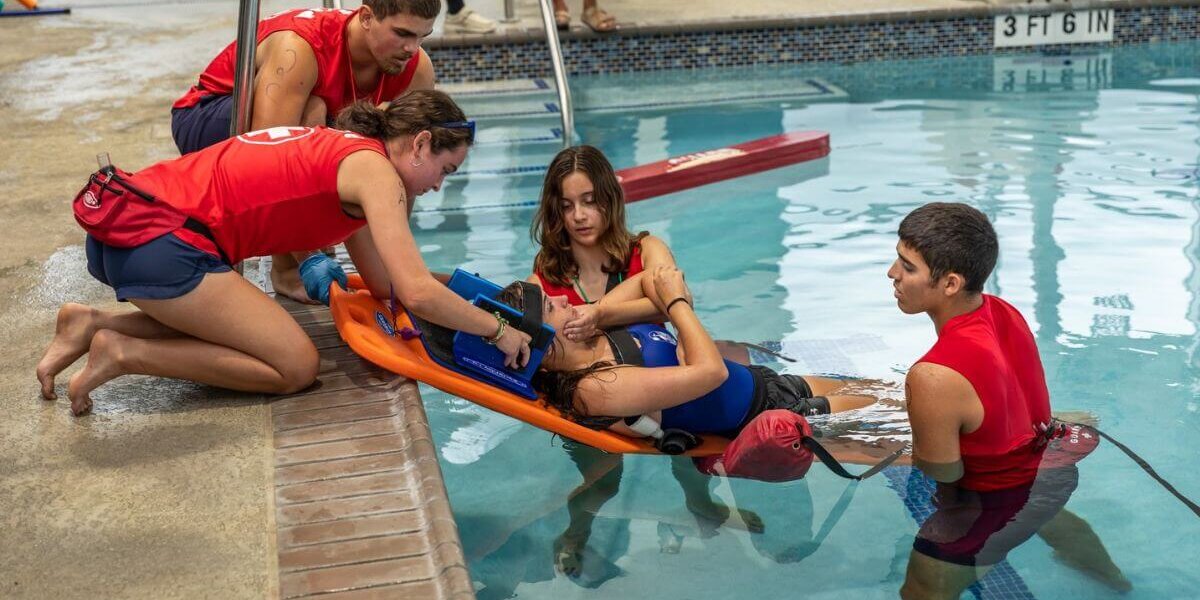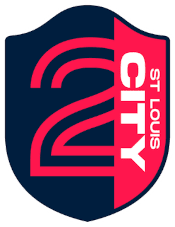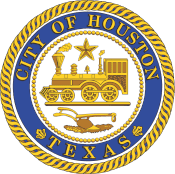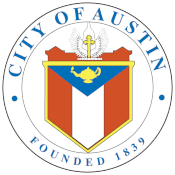Water parks are synonymous with fun, excitement, and memorable adventures for people of all ages. However, the thrill of sliding down a twisting water slide or relaxing in a lazy river comes with a need for safety. Properly implemented safety measures ensure that guests enjoy their experience without risk.
By understanding the essential safety features for water park attractions, you can help visitors and operators feel more confident in the protection provided. From structural engineering to staffing, every detail plays a role in maximizing safety and promoting peace of mind. Whether you’re designing a new water park or evaluating an existing one, these measures will help you maintain a safe and enjoyable environment.
Staff Training and Emergency Preparedness
Having a well-trained team is fundamental to maintaining your guests’ safety. Staff should learn about maintaining rules, administering first aid, and responding to emergencies. Recurrent training ensures that employees can act swiftly and effectively during unexpected situations.
Emergency preparedness must also extend to routine drill exercises and communication capabilities. Awareness plans allow staff to address incidents, minimizing risks and enhancing visitor trust quickly. Collaboration with local emergency services further strengthens the potential response to dangerous scenarios.
Routine Maintenance and Inspections
Regularly scheduled maintenance with professional service techs ensures that water park attractions always stay in peak physical condition and are performing at their best. Inspecting aquatic equipment, mechanical parts, water filtration systems, pool and decking surfaces, and other maintenance items reduces the chance of technical failures. Inspections guarantee that every detail adheres to strict safety regulations.
Operators should document every test and repair performed, fostering accountability and compliance. Professional engineers or third-party auditors play an important role in conducting impartial inspections. Park operators can prevent potential hazards from becoming major concerns by promptly addressing minor issues before they become major ones.
Effective Use of Signage and Warning Systems
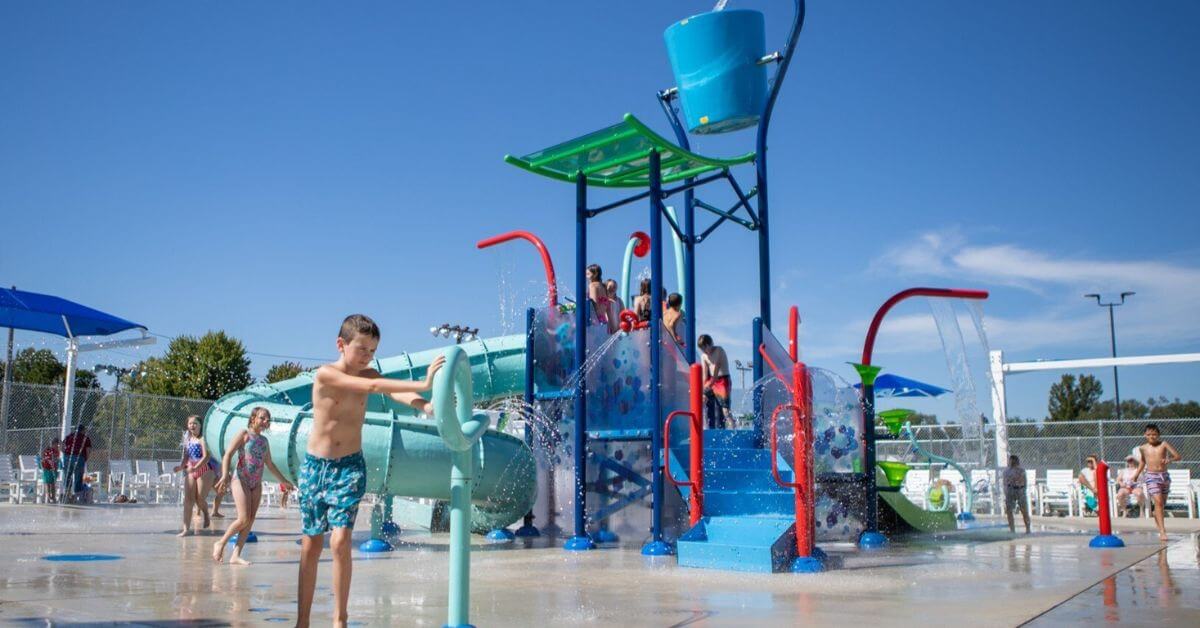 Effective use of signage and warning systems ensures guest safety and promotes awareness. Here are a few key practices for implementing these systems effectively:
Effective use of signage and warning systems ensures guest safety and promotes awareness. Here are a few key practices for implementing these systems effectively:
- Use simple, concise language to describe hazards or provide instructions, ensuring the signs are easy to understand by everyone, regardless of their background or reading ability.
- Include translations or universally recognized symbols to accommodate a diverse audience and enhance inclusivity to ensure critical information reaches all visitors.
- Position signs in highly visible areas, especially near entrances, at transportation hubs, and before accessing potentially hazardous zones.
- Use standardized formats, colors, and visuals to create a cohesive system that is instantly recognizable across the venue.
- Incorporate electronic signs or digital displays to provide dynamic and real-time updates, such as weather alerts, crowd warnings, or evacuation instructions.
- Offer audio warnings or announcements to reach those who may not notice visual signs. These systems are effective in areas with high activity or in emergencies.
- Implement QR codes or mobile app integration on warning signs to provide access to additional details or multilingual explanations.
Water Quality Control and Hygiene Standards
Water quality is an essential component of a safe experience for water park visitors. Proper filtration and chlorination treatments keep water free from harmful bacteria and contaminants. Testing water pH levels regularly ensures compliance with required health and safety guidelines.
Maintaining clean, circulating water protects the park’s reputation and the health of its guests. High hygiene standards reflect care and professionalism within the park. Failing to prioritize water cleanliness can quickly result in health risks among users.
Accessible First Aid Stations and Emergency Care
Water parks must incorporate highly visible and fully stocked first aid stations throughout the premises. These stations serve as critical points of care for guests experiencing minor injuries or illnesses. Their proximity to high-activity zones amplifies their effectiveness in emergencies.
Water parks can achieve enhanced accessibility when these stations have certified medical personnel. Visible care shows guests that their well-being is a top priority. Offering reliable health-care responses builds trust and visitor loyalty.
Install High-Quality Safety Barriers and Fencing
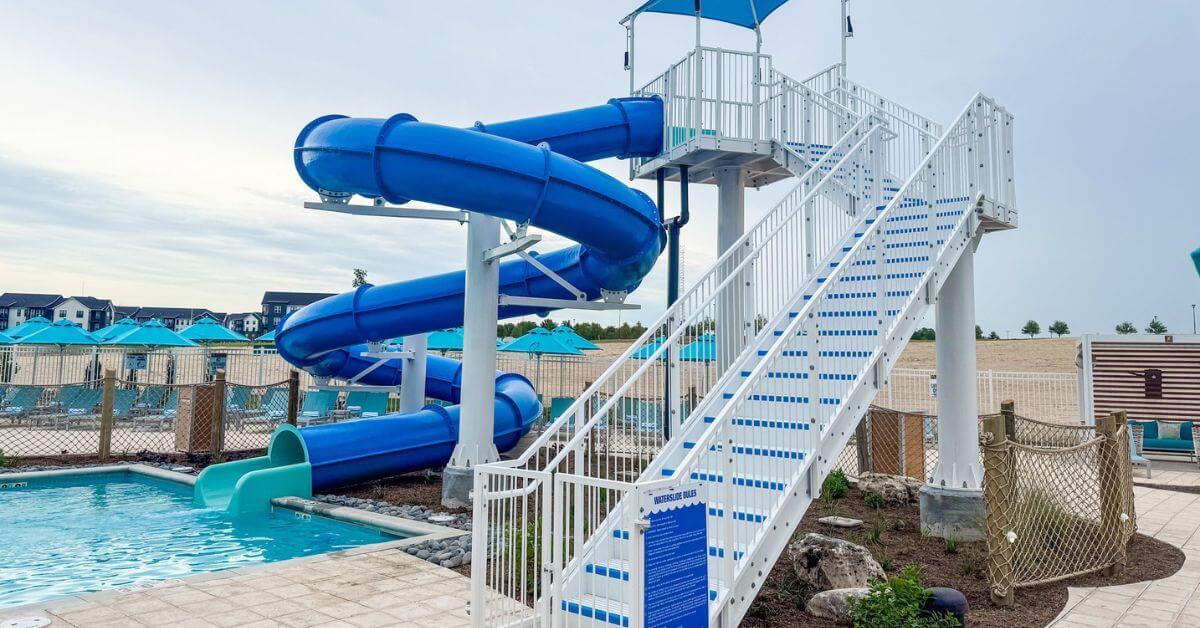 Safety barriers and fencing can safeguard restricted zones or prevent users from accessing hazardous areas. Properly positioned barriers reduce risks around surge pools, mechanical equipment rooms, or areas that are under construction. Materials used should be durable and resistant to wear and tear so they remain in optimal condition.
Safety barriers and fencing can safeguard restricted zones or prevent users from accessing hazardous areas. Properly positioned barriers reduce risks around surge pools, mechanical equipment rooms, or areas that are under construction. Materials used should be durable and resistant to wear and tear so they remain in optimal condition.
Fencing around height-restricted areas enforces rules, ensuring specific attractions cater to only suitable age groups. By physically guiding traffic flow, these installations also reduce congestion. Clear pathways and secure zones create smoother guest experiences overall.
Slip-Resistant Surfaces and Walkways
One of the most essential safety features for water park attractions is the use of slip-resistant materials, which minimize accidents caused by slippery, wet surfaces. Floors constructed with textured or anti-slip materials, including rubber flooring, textured concrete, abrasive-coated tiles, and non-slip vinyl, increase foot traction for visitors of all ages. Proactively addressing high-risk areas reduces common injuries, such as falls.
Maintenance of these surfaces is equally necessary to preserve consistency and efficiency over time. Regular anti-slip coating applications enhance durability, especially in zones handling high foot traffic. Maintaining safe walking conditions ensures a pleasant visit across every corner of the park.
Life Jacket and Floating Device Availability
Providing life jackets and other safety equipment boosts the confidence of swimmers and non-swimmers alike. Licensed and industry-standard flotation devices serve as invaluable tools for water-related activities. Ensuring enough inventory meets the wide variety of guest sizes is essential.
Guests should also have access to clear instructions or demonstration areas explaining the correct use of these devices. Properly stored and placed equipment enables easier utilization during urgent situations. Poolside or ride-adjacent visibility facilitates smooth distribution by team members.
Collaborate With Experts in Water Park Design
Water park safety begins with meticulous planning during the design and construction phase. Partnerships with professional services for water park design ensure precise engineering and strategic layouts. Creating functional designs with guest safety prioritized builds the foundation of a reliable park.
Water flow patterns, entry points, and drainage paths must all meet regulated specifications. Expert designers take these factors into account to reduce future operational challenges. Collaboration produces results that balance fun-filled features with long-term security.
The success of any water park depends on its ability to provide a memorable, safe, and enjoyable experience for visitors. Parks can solidify their reputation as premier destinations for family entertainment by blending innovation, customer-focused amenities, and unwavering attention to safety.
Implementing robust security protocols, maintaining stringent maintenance schedules, and continuously training staff demonstrate a commitment to visitor welfare and operational excellence. A forward-thinking water park entertains while leaving a lasting impression, ensuring guests return with lasting memories and peace of mind.

